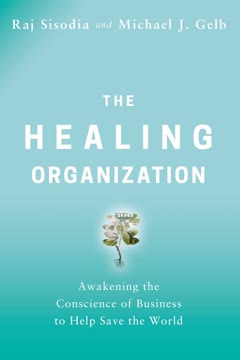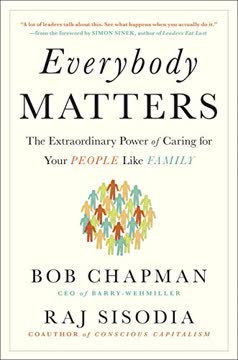Key Takeaways
1. Business as a Force for Healing: Transforming Capitalism
"The business of business is people—yesterday, today, and forever."
Shifting paradigms. Traditional capitalism often prioritizes profit over people, leading to unnecessary suffering. However, a new wave of conscious businesses is emerging, demonstrating that companies can be profitable while also healing society and the environment. These organizations focus on:
- Alleviating unnecessary suffering
- Elevating joy for all stakeholders
- Creating sustainable value for employees, customers, communities, and the planet
By adopting this approach, businesses can become powerful catalysts for positive change, addressing societal issues such as inequality, environmental degradation, and mental health challenges.
2. The Power of Innocence and Empathy in Leadership
"Innocent people have the power to see and understand things others cannot."
Embracing beginner's mind. Successful healing leaders cultivate a sense of innocence and humility, allowing them to ask seemingly naive questions that often lead to groundbreaking insights. This approach:
- Challenges industry norms and assumptions
- Encourages creative problem-solving
- Fosters a culture of continuous learning and improvement
Empathy, combined with action, forms the foundation of genuine care in leadership. Leaders who prioritize understanding and addressing the needs of their stakeholders create more resilient and successful organizations.
3. Prioritizing Employee Well-being Drives Success
"We measure success by the way we touch the lives of people."
People-centric approach. Healing Organizations recognize employees as their first and most important stakeholders. By investing in employee well-being, companies create a ripple effect of positive outcomes:
- Increased employee engagement and productivity
- Enhanced customer satisfaction and loyalty
- Improved financial performance and sustainability
Key strategies include:
- Offering comprehensive wellness programs
- Providing opportunities for personal and professional growth
- Creating a supportive work environment that values work-life integration
4. Integrating Purpose and Profit for Sustainable Growth
"The means and the ends are the same—because ultimately all we really have are means."
Purpose-driven business. Successful Healing Organizations align their business strategies with a higher purpose beyond profit. This integration leads to:
- Long-term financial sustainability
- Increased stakeholder loyalty and trust
- Greater resilience in the face of challenges
By focusing on creating value for all stakeholders, these companies demonstrate that purpose and profit are not mutually exclusive but mutually reinforcing.
5. Creating a Culture of Care and Inclusivity
"Hospitality knows no gender or race."
Fostering belonging. Healing Organizations cultivate environments where all individuals feel valued, respected, and supported. This inclusive approach:
- Attracts and retains diverse talent
- Enhances creativity and innovation
- Builds stronger relationships with customers and communities
Key practices include:
- Promoting open communication and feedback
- Celebrating diversity and individual differences
- Implementing inclusive policies and practices
6. Innovative Approaches to Social and Environmental Challenges
"We serve with our energy, the lifeblood of communities, and the engine of progress."
Creative problem-solving. Healing Organizations tackle complex social and environmental issues through innovative business models and practices. Examples include:
- Developing sustainable products and services
- Implementing circular economy principles
- Addressing societal challenges through core business activities
These approaches not only contribute to solving global problems but also create new opportunities for growth and differentiation in the market.
7. The Role of Love and Authenticity in Business
"A company is stronger if it is bound by love rather than by fear."
Leading with heart. Healing leaders understand the transformative power of love in business. By fostering authentic relationships and operating from a place of genuine care, they create:
- Stronger employee engagement and loyalty
- Enhanced customer relationships
- A more resilient and adaptive organization
Authenticity in leadership involves:
- Being true to one's values and principles
- Openly acknowledging mistakes and vulnerabilities
- Encouraging honest communication throughout the organization
8. Redefining Success Beyond Financial Metrics
"We bring a better way of living to the world."
Holistic evaluation. Healing Organizations measure success using a broader set of metrics that encompass social, environmental, and financial performance. This approach:
- Aligns business activities with long-term value creation
- Encourages responsible decision-making
- Attracts socially conscious investors and customers
Key performance indicators may include:
- Employee well-being and satisfaction
- Environmental impact and sustainability
- Community engagement and social contribution
9. The Importance of Storytelling in Organizational Culture
"We don't sell carpets, we offer a family's blessings."
Narrative power. Healing Organizations use storytelling to reinforce their values, inspire employees, and connect with customers. Effective storytelling:
- Brings the company's purpose to life
- Creates a shared sense of identity and belonging
- Motivates stakeholders to contribute to the organization's mission
Leaders can cultivate a storytelling culture by:
- Sharing personal experiences and lessons learned
- Celebrating employee and customer success stories
- Using narratives to communicate company vision and values
10. Balancing Masculine and Feminine Energies in Leadership
"Be tough-minded and tenderhearted."
Harmonizing energies. Successful healing leaders integrate traditionally masculine qualities (e.g., assertiveness, goal-orientation) with feminine qualities (e.g., empathy, collaboration). This balanced approach leads to:
- More inclusive and effective decision-making
- Enhanced creativity and innovation
- Improved organizational resilience and adaptability
Key practices include:
- Encouraging diverse leadership styles
- Promoting both competition and cooperation
- Valuing both analytical and intuitive approaches to problem-solving
Last updated:
FAQ
What is The Healing Organization by Raj Sisodia and Michael J. Gelb about?
- Transforming business purpose: The book argues that businesses should move beyond profit maximization to become forces for healing, alleviating suffering, and elevating joy for all stakeholders.
- New paradigm of capitalism: It presents a vision where companies operate with conscience, integrating love, care, and ethical responsibility into their core strategies.
- Practical and inspirational: Through historical analysis, case studies, and actionable guidance, the authors show how organizations can awaken their conscience and become catalysts for human flourishing and societal well-being.
Why should I read The Healing Organization by Raj Sisodia and Michael J. Gelb?
- Urgent societal relevance: The book addresses pressing global issues like workplace suffering, environmental degradation, and social inequality, offering a hopeful and practical roadmap for change.
- Inspiring real-world examples: Readers encounter moving stories of companies that have successfully integrated purpose, care, and profit, proving that healing organizations are both viable and scalable.
- Personal and leadership growth: The book provides insights and tools for becoming a healing leader, fostering workplaces that are joyful, inclusive, and sustainable.
What are the key takeaways from The Healing Organization by Raj Sisodia and Michael J. Gelb?
- Business as a healing force: Companies can and should alleviate suffering and elevate joy for employees, customers, communities, and the environment.
- Leadership with conscience: Healing leaders act with compassion, courage, and integrity, creating cultures that bring out the best in people.
- Purpose-driven success: Sustainable business success is achieved by aligning profit with a higher purpose that serves all stakeholders.
What are the core principles of a Healing Organization according to The Healing Organization?
- Moral responsibility: Healing Organizations commit to preventing and alleviating unnecessary suffering caused by business practices, embodying the principle of "first, do no harm."
- Employees as primary stakeholders: They prioritize employee well-being, integrating families and communities into the stakeholder ecosystem and fostering cultures of trust and joy.
- Healing purpose: These organizations define and live by a purpose that goes beyond profit, aiming to serve all life and create positive impact in every dimension.
How does The Healing Organization by Raj Sisodia and Michael J. Gelb redefine the purpose of business?
- From profit to people: The book challenges the traditional view that business exists solely for profit, advocating instead for a model where the business of business is people and human flourishing.
- Ethical capitalism: It revisits Adam Smith’s moral philosophy, emphasizing that capitalism must balance self-interest with empathy, cooperation, and care for others.
- Business as ministry: The authors propose a new narrative where companies act as ministries of healing, contributing positively to society and the planet.
What is the HEALING Purpose framework in The Healing Organization and why is it important?
- Acronym explained: HEALING stands for Heroic, Evolving, Actionable, Loving, Inspiring, Natural, and Grounded, describing the qualities of a truly healing business purpose.
- Purpose beyond profit: The framework ensures that a company’s purpose is meaningful, adaptable, practical, compassionate, motivating, ecologically aware, and strategically sound.
- Alignment and impact: A clear healing purpose aligns all stakeholders, inspires collective action, and drives continuous improvement and innovation.
What is the difference between kindness and niceness in business leadership according to The Healing Organization?
- Kindness requires strength: Kindness involves courage, candor, and a commitment to excellence, including standing up to injustice and giving honest feedback.
- Niceness can be harmful: Being merely nice may avoid conflict and tough decisions, leading to mediocrity or unresolved issues within organizations.
- Cultural integration: Companies like KIND Snacks exemplify how kindness, not just niceness, can be integrated into high-performance, healing cultures.
How do employees and their families function as stakeholders in Healing Organizations, as described in The Healing Organization?
- Employees at the center: Healing Organizations recognize employees as their most important stakeholders, investing in their well-being and personal growth.
- Family inclusion: The book highlights the importance of considering employees’ families—spouses, children, and even pets—as part of the stakeholder ecosystem.
- Community ripple effects: Supporting employees and their families leads to healthier communities and broader societal healing.
What is the role of leadership in creating a Healing Organization according to The Healing Organization?
- Awakening conscience: Leaders must undergo an inner transformation, aligning their purpose with serving all stakeholders and healing societal wounds.
- Modeling values: Healing leaders embody the values they wish to see, setting positive examples and inspiring others through their actions.
- Fostering heroism and creativity: They empower employees to act with moral courage and creativity, transforming workplaces into environments of joy and fulfillment.
What are some inspiring examples of Healing Organizations featured in The Healing Organization by Raj Sisodia and Michael J. Gelb?
- Jaipur Rugs: Empowered 40,000 lower-caste women in India through dignified work, education, and mindful leadership, achieving both social impact and profitability.
- KIND Snacks: Built a culture that balances kindness with excellence, hiring for positive energy and purpose, and recognizing employees for living company values.
- Menlo Innovations: Created a joyful, family-friendly workplace with limited workweeks, pair programming, and even allowing babies and pets at work, resulting in high-quality output and low turnover.
- FIFCO: Transformed from a polluter to an environmental leader, achieving zero waste and water neutrality while eradicating employee poverty.
How does The Healing Organization address the problem of workplace suffering?
- Recognizing the human cost: The book highlights the prevalence of stress, burnout, and even death caused by toxic work environments.
- Cultural transformation: It advocates for shifting from fear-based, zero-sum competition to cultures of care, empathy, and joy.
- Practical solutions: Real-world examples show how investing in employee well-being and engagement leads to improved performance and community healing.
What practical advice does The Healing Organization offer for becoming a healing leader and creating a healing culture?
- Cultivate self-awareness: Engage in personal growth practices like meditation, journaling, and therapy to heal inner wounds and develop emotional intelligence.
- Embody and model values: Consistently live and communicate core values, integrating them into decision-making and organizational culture.
- Eliminate harmful practices: Remove toxic rules and hierarchies, replacing them with trust-based policies and inclusive systems that support all stakeholders.
- Lead with empathy and storytelling: Use empathy and storytelling to reinforce values, inspire collective purpose, and sustain a healing culture.
Review Summary
The Healing Organization receives mostly positive reviews, with readers praising its inspirational and transformative message. Many appreciate the book's emphasis on conscious capitalism and its collection of case studies demonstrating how businesses can prioritize social good while remaining profitable. Readers find the examples and ideas presented to be thought-provoking and applicable to various organizational levels. However, some critics note that the book lacks substantial advice on implementing these concepts and occasionally feels like advertising for featured companies. Overall, reviewers recommend it for those interested in building extraordinary, socially responsible businesses.
Similar Books
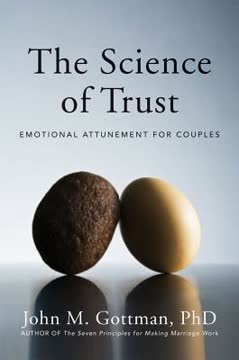
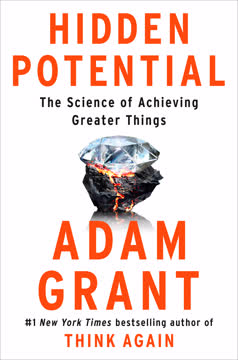
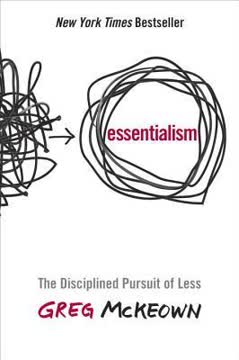
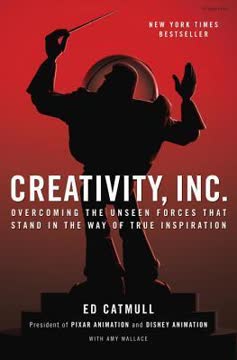


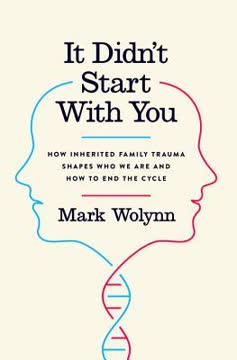
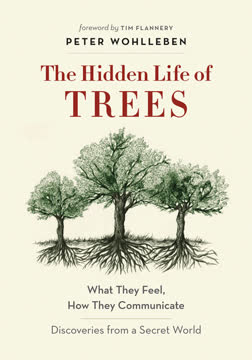
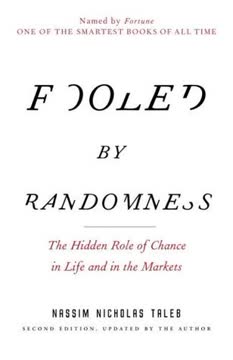
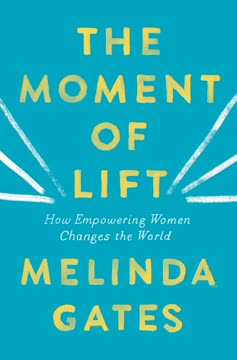
Download PDF
Download EPUB
.epub digital book format is ideal for reading ebooks on phones, tablets, and e-readers.
